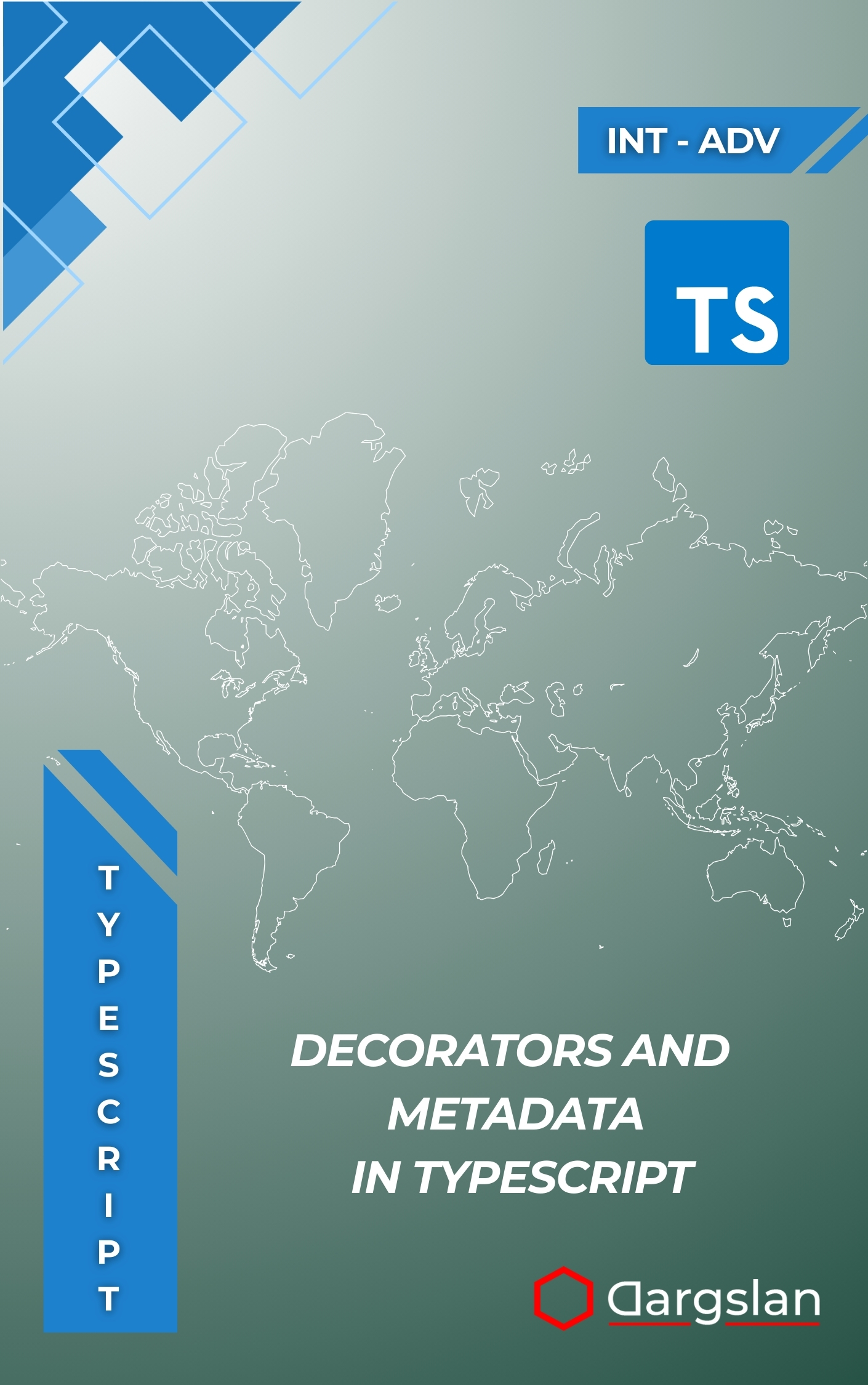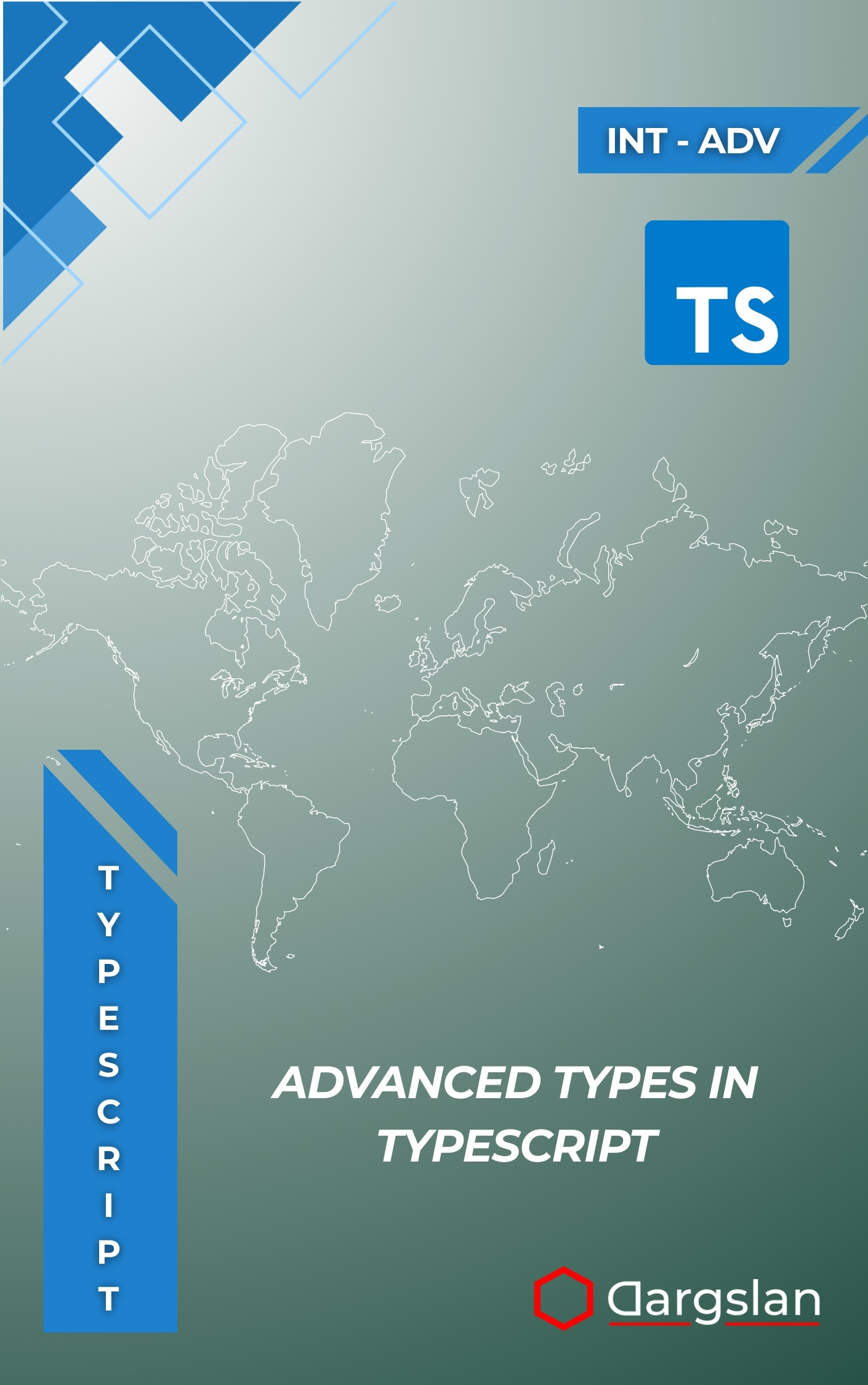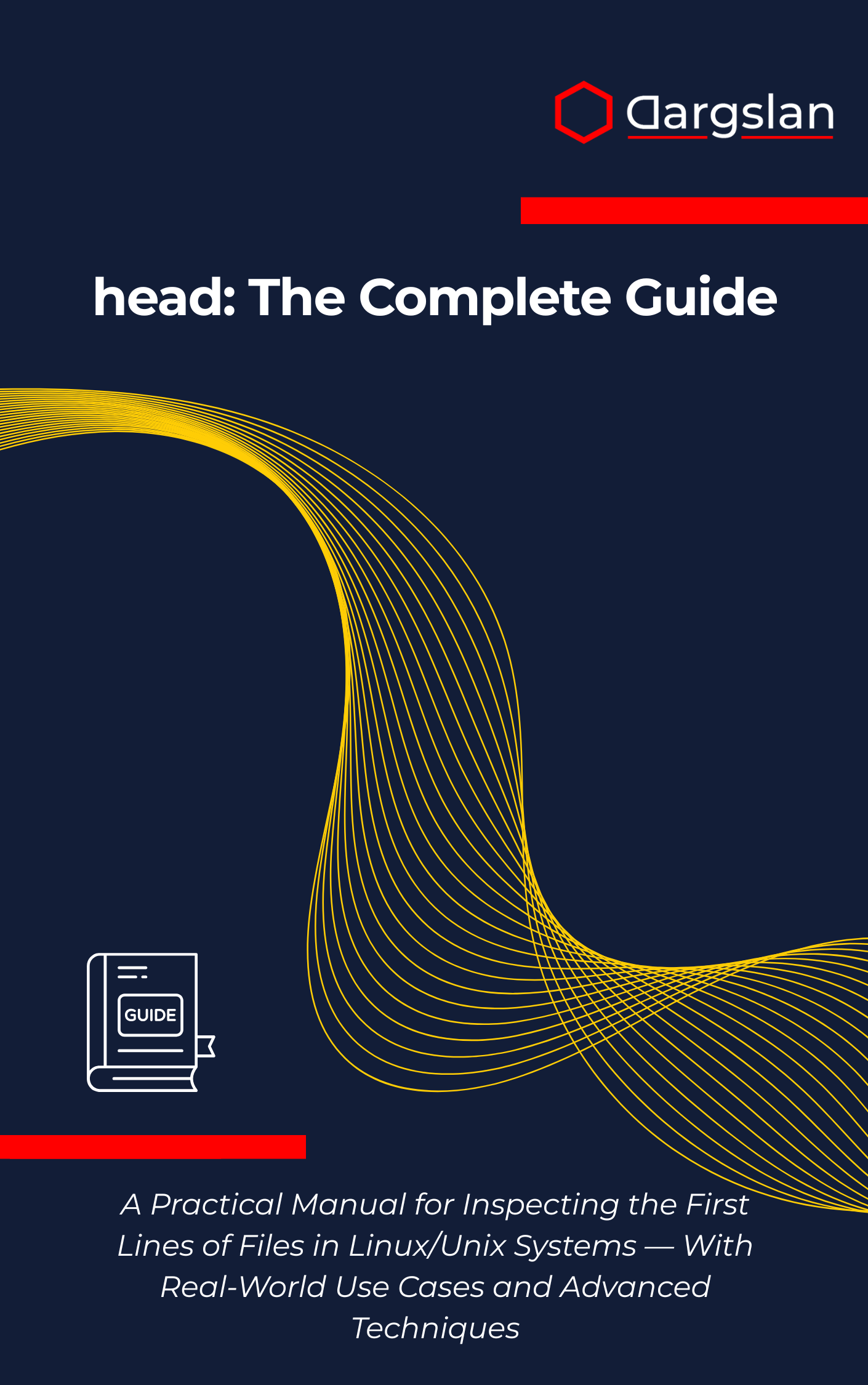Cloud Monitoring Guide
Cloud Monitoring for AWS, Azure, and GCP,Monitor AWS, Azure, and GCP environments with unified cloud monitoring techniques.

Modern systems live and breathe in the cloud—and the difference between resilient uptime and costly outage often comes down to observability. This book gives you a practical, platform-spanning blueprint to monitor what matters, respond faster, and keep services performing at scale.
Built for engineers who want results, it connects strategy to hands-on execution across AWS, Azure, and Google Cloud. You’ll move from core principles to proven playbooks, with examples you can adapt immediately in production.
Strategies and Tools for Observability, Alerting, and Performance Monitoring in AWS, Azure, and GCP
Overview
The Cloud Monitoring Guide is a comprehensive, practitioner-first resource that unifies visibility across the three major providers. It combines strategy and implementation to deliver Strategies and Tools for Observability, Alerting, and Performance Monitoring in AWS, Azure, and GCP, making it ideal for the DevOps & Cloud community. As an IT book, programming guide, and technical book, it translates complex concepts into actionable steps you can run today.
You’ll master Cloud monitoring fundamentals while gaining deep, comparative expertise with AWS CloudWatch, Azure Monitor, and Google Cloud Operations. The book breaks down monitoring architectures for virtual machine monitoring, container monitoring, and Kubernetes observability, and it clarifies the nuances of serverless monitoring and API monitoring. It also dives into alerting strategies, incident management, dashboard design, distributed tracing, log aggregation, monitoring as code, hybrid cloud monitoring, cost optimization, performance monitoring, and infrastructure observability—ensuring your team can build robust, repeatable, and scalable observability practices across any environment.
Who This Book Is For
- Cloud engineers and SREs who need end-to-end visibility across AWS, Azure, and GCP—build reliable pipelines, dashboards, and alerts that reduce MTTR and protect SLAs.
- DevOps and platform teams seeking a clear path from design to implementation—learn how to standardize telemetry, automate provisioning, and ship monitoring as code.
- Technology leaders and architects ready to elevate operations—align teams on best practices, optimize spend, and turn observability into a competitive advantage.
Key Lessons and Takeaways
- Design multi-cloud monitoring architectures — compare native services and open tooling, then choose patterns that scale with your workloads.
- Build high-signal alerting strategies — cut noise with SLO-driven thresholds, anomaly detection, and escalation policies that map to business impact.
- Implement monitoring as code — provision dashboards, alerts, and log pipelines with templates and Terraform, enabling version control and rapid reuse.
- Strengthen Kubernetes observability — combine metrics, logs, and traces to troubleshoot pods, nodes, and services across clusters and namespaces.
- Elevate incident management — integrate runbooks, on-call workflows, and post-incident reviews that improve resilience release after release.
- Create effective dashboard design — build role-based views for executives, ops, and developers, highlighting golden signals and service health trends.
- Accelerate distributed tracing — follow requests across microservices to pinpoint latency, isolate regressions, and validate performance budgets.
- Optimize costs without losing visibility — rightsize retention, tune sampling, and leverage tiered storage to balance insight with spend.
Why You’ll Love This Book
It blends clarity with depth, delivering step-by-step guidance alongside practical examples that mirror real-world complexity. You’ll find side-by-side coverage of AWS CloudWatch, Azure Monitor, and Google Cloud Operations, helping you choose the best approach for each platform without guesswork.
Every chapter translates theory into action, from VM and container monitoring to log aggregation and advanced tracing. Templates, checklists, and snippets shorten your time to impact, so you can improve reliability, performance, and confidence across your systems immediately.
How to Get the Most Out of It
- Follow the progression from fundamentals to advanced topics, solidifying core concepts before tackling multi-cloud patterns and specialized workloads like Kubernetes and serverless.
- Apply each chapter’s techniques in a staging environment, adapting the dashboard design, alerting strategies, and incident workflows to your SLOs and service maps.
- Complete mini-projects such as building an end-to-end pipeline for API monitoring, provisioning monitoring as code for a new service, or adding distributed tracing to a critical path.
Get Your Copy
If you’re serious about resilient systems and confident releases, this guide will help you deliver measurable improvements fast. Turn observability into an everyday advantage and give your team the tools to operate at scale with clarity.




